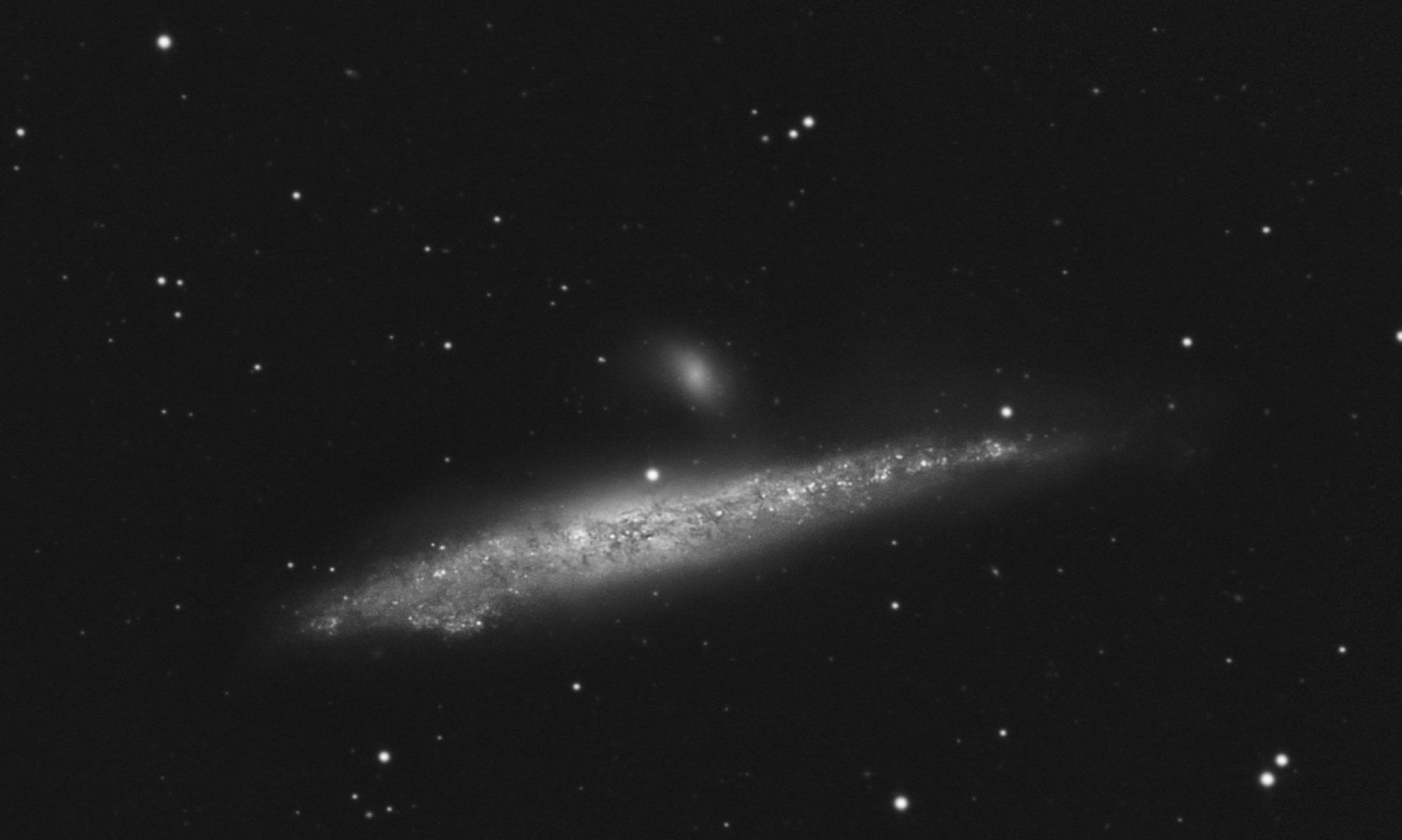Instead of just presenting a new and unfinished AutoStakkert!2 version – remember that I said it would be released AROUND the end of August – I thought it might be nice to start keeping a small log here to keep you up-to-date with what I’m actually working on.
I still have a long list of new features and bugfixes to implement. I know that some of these are more important than others, but somehow I always start implementing those ideas that I enjoy working on the most. At the moment I seem to be very interested in getting the best performance out of AS!2, without a decrease in image quality of course. I know AS!2 is already quite fast, but perhaps it is possible to make it significantly faster? Getting a speed boost of 5% is nice, but if I need to put in a lot of hours that could be spend on new functionality it would hardly be worth the effort. However, if you can decrease the total processing time a lot, you could for example process more recordings in the same time, or experiment on the same recording to find better stacking parameters that will actually end up improving the image quality. It is also much more fun to work with a program that is fast.
So my main priority now has been to make all the critical code in AS!2 as fast as possible, without compromising image quality. I think I succeeded. Aligning images and creating a reference frame is now almost twice as fast. Stacking monochrome* images is more than twice as fast, and performing surface alignment received a speed boost of about 30%.
Now it is back to the boring list of other to-do’s…
* I still need to have a look at the color stacking code (and drizzling), but I don’t think there is a lot of performance to be gained there.

Hi, first, thanks very much for a spectacular program. It really does work faster and give better results that anything out there. My issue is that when using a lumenera camera (lu135M) and LucamRecorder, I can’t get SER files to open in AS!2. I can get avi files created by LucamRecorder to open. When using a FLEA-3 camera and Firecapture, the SER files open with no problems. Is this a known issue, or perhaps something unique to my setup.
Thanks,
Mark
What do you mean exactly, do you get an image or not, or do you receive an error message? Could you perhaps send me a small SER file that won’t open in AS2?
Hello! Please, can you “teach” Autostakkert to corectly recognize the colors of the YUV clips? I convert my Canon 550D’s videos in avi using Avidemux to make them raw avi’s. unfortunately, when I load my avi’s in AS2! I receive this message> “color yuv, invalid range, compensation attempted”. The software works good, but I always get a blueish tint in my pictures. Can you corect this? Thanks in advance!
First, sorry for the late reply. I don’t believe AS!2 is actually changing the colors, but I could be wrong of course. Perhaps you can send me (a portion of) the clip so I can have a look at it?
Thanks for the reply. I sent you an e-mail.
Twice as fast in stacking monochrome images is a very tremendous improvement. Good job!
Hi Emil. I’ve been using your 2.3.0.2 ALPHA version & have been very happy with it. I just discovered your latest ALPHA (2.3.0.8) & it is very good also. Thank you for the PNG output! I only use this format for Solar now, especially for posting results to Facebook & websites etc. I am still having trouble with the drizzling limb artefacts, although a mask & applying a slight gaussian blur works well, I would rather see a nice crisp limb. I was hoping the option of ‘vertical & horizontal scan lines’ would take them out but unfortunately not. I wonder if an image rotation (a few degrees) would solve it..
Hi. Sorry for the late reply John, I haven’t been checking this blog lately, and I’ll try to keep up with this a bit more in the future.
Unfortunately I have not fixed the drizzle limb artifacts, I think it is just part of using the drizzling technique with seeing distorted images (and especially so when the image is also a raw color image).
Having said that, I often get good results when you actually drizzle the image to 300%, and then manually reduce the size of the image to, say, 50 % of that using a bicubic resampling method in photoshop (bicubic smoother). Probably other software packages can also do this, but in my experienec a slightly soft resampling method to 50% of the 300% data eliminates 99% of the drizzling artifacts. Perhaps you could give this a try.